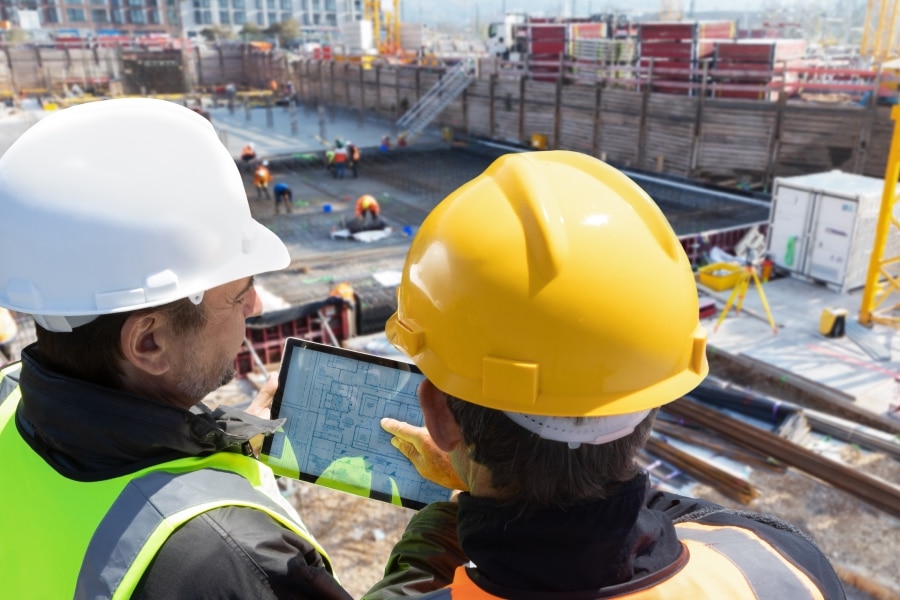In light of many states’ stay at home orders due to the nationwide COVID-19 pandemic, many professionals in the construction, architecture and engineering world have suddenly transitioned to working from home for the foreseeable future.
Construction is still considered an “essential” business in many states, meaning many field workers are still heading to jobsites each morning. However, industry workers who spend most of their time collaborating with coworkers in an office are now dealing with the new reality of remote collaboration on projects, presenting some new challenges—and advantages.
In an effort to share and highlight how industry professionals are making this transition, the Bluebeam Blog will be publishing a series of video interviews with individuals to see how their work-from-home transitions have gone so far.
In this first installment, we talked with Gautam Shenoy of Steinberg Hart. Here are the highlights from our conversation, along with time stamps of those parts of the video in case you want to skip ahead.
[00:30] Is the construction industry still working as “normal”?
“The industry is definitely humming along. … We haven’t seen a slowdown on projects that are in construction; we have seen a little bit of a change in the pace of projects that are ongoing but on the drawing board, so to speak.”
[01:15] What has changed most since working from home started?
“I think what’s changed the most is the way we communicate. We were so used to being in an office and emailing each other. I feel like it has really changed. I feel like working remotely has sparked video conferencing and teleconferencing and taken it to a new level. People are now wanting to constantly keep in touch with people even though there’s no physical presence.”
[02:07] How has working from home changed some job tasks?
“One of the things that I wanted to point out is that Bluebeam has always been ahead of the curve, and I say that as even before the idea of cloud-based collaboration was so mainstream as it is today. Regardless of where you are, with Bluebeam Studio you are able to keep working on a project. On a day-to-day standpoint, not only are we using Bluebeam as we always have, but we’re also using other platforms like Microsoft Teams to plan and track our goals.”
[04:21] “Designers have a completely different way of communicating. You have to understand that in the design realm, the way people communicate in the design phase is so different than when people are marking up drawings and tracking benchmarks. So, Bluebeam has become sort of a preferred methodology of communicating even in the design phase.”










